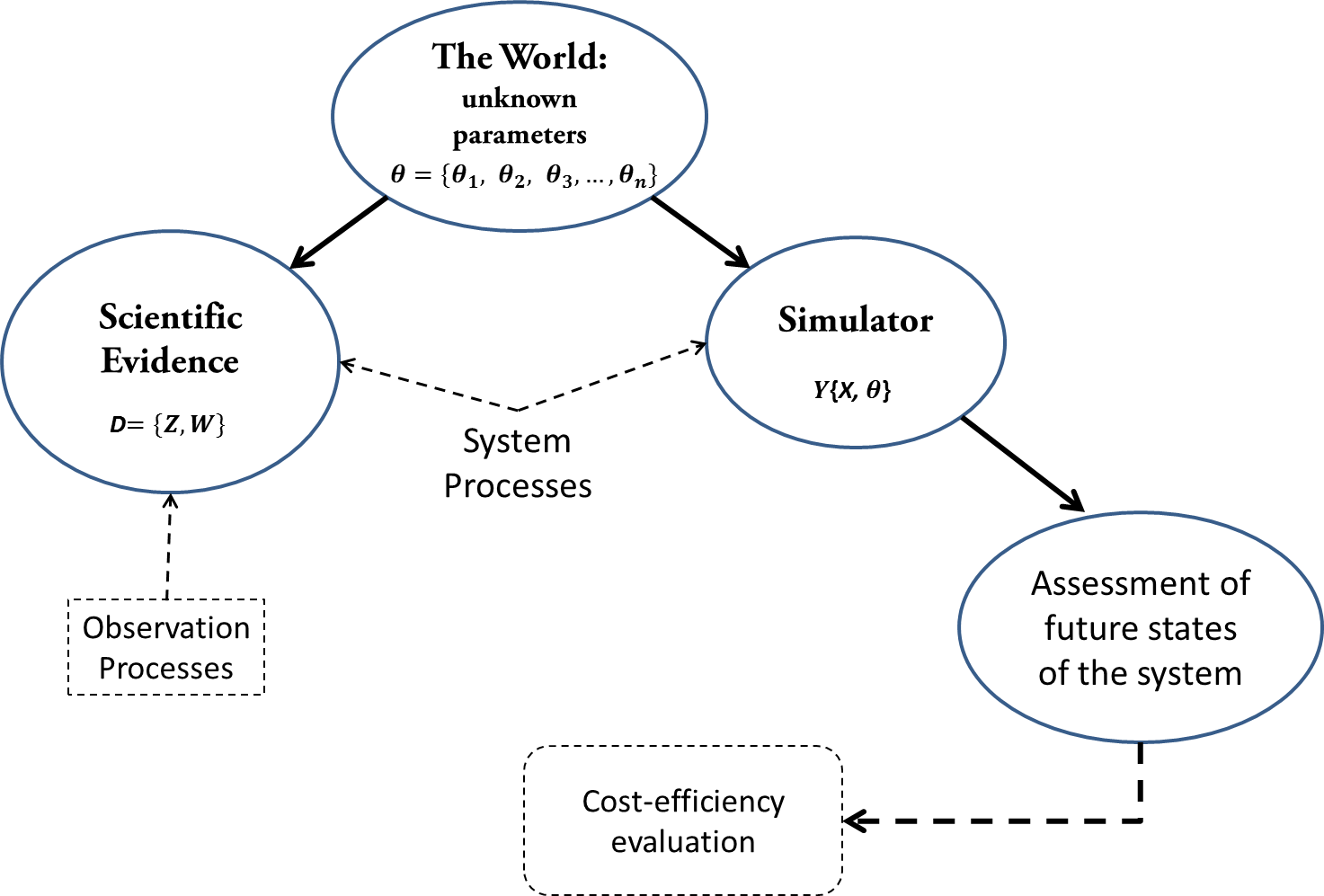This week the first master student working with some of the concepts behind Environmental Evidence Synthesis were examinated. We are impressed by the speed she has from scratch learned Bayesian modelling, got to know R and OpenBugs, and ended up with applying Bayesian Evidence Synthesis on Conservation planning problems. Below I post the popular summary of Yf Jiangs master’s thesis “Model Calibration and Economic Optimization in Conservation Planning with Bayesian Methods”.
Good luck with your future work, Yifei!
Having problems with statistics? Try Bayesian!
While many of us are afraid of the abstruse concepts and annoyed by a lot of limitations in classical statistics, Bayesian methods provides user-friendly way to do statistics. They are intuitive, explicit and have a wide range of applications.
In conservation planning, different sources of evidence need to be integrated to support decision making. However, one might find it hard and complicated to combine the evidences in a classical statistical way. In addition, a proper interpretation of and treatment of uncertainty from different sources usually help the decision maker produce better decisions. Thus, uncertainty and risk is another thing one should take into account when doing decision analysis. The fact that Bayesian approaches incorporate uncertainty in scientific evidence with decision analysis in a transparent way, makes them useful in model based approaches in evidence based management decision. Bayesian methods are more and more adopted in scientific research.
I illustrated different Bayesian methods with examples from PVA (population viability analysis). Then I applied Bayesian modelling on a case-study where I searched for the optimal management of bees for strawberry production in different landscapes given the evidence found in a field experiment of strawberry yields and pollinating bees. A Bayesian model was built and applied to simulate the profits of different strawberry farm under different management options. The optimal management was found through simulated annealing using a genetic algorithm in which the farmers’ attitudes towards risk and knowledge-based uncertainty is taken into account.
What is the difference between Bayesian methods and classical statistical methods?
Bayesian methods differ from classical (frequentist) statistics in their fundamental philosophical bases. In classical statistics, uncertainty is presented by confidence interval interpreted as the relative frequency of an event over time. Bayesian methods describe uncertainty in the form of probability distributions, interpreted as subjective degrees of beliefs.
Bayesian Evidence Synthesis
In this thesis, I compare three Bayesian methods to calibrate models. I conclude that Bayesian Evidence Synthesis (BES, see figure) is a suitable framework for conservation planning. A BES starts from a cost-efficiency problem. The cost-efficiency analysis is based on the predictions about the future states of a system, generated by a simulator (a model representing the relevant system processes). Assigning values to the parameters in the simulator (i.e. to calibrate) is an important step. Parameters are informed by different sources of evidence, including field observations, expert knowledge, and an understanding of the underlying mechanisms.
Here a conceptual figure of Bayesian Evidence Synthesis that were modified from (Spiegelhalter and Best (2003). Bayesian approaches to multiple sources of evidence and uncertainty in complex cost‐effectiveness modelling. Statistics in Medicine.)
The rasters below show the frequency of management options being selected in the optimal management combinations (H: place an apiary with honey bees next to the strawberry field, W: provide a lot of trap nests for wild bees close to the strawberry field and NO: do nothing). To the left the optimal allocation of bee hives and trap nests without constraints are shown. To the right the optimal allocation with the constraint of maximum 3 apiaries and 4 wild bee hives to be placed somewhere among the 100 strawberry fields. Fields differ in the ages of strawberry plants and land-use within 1000 km from the field.


